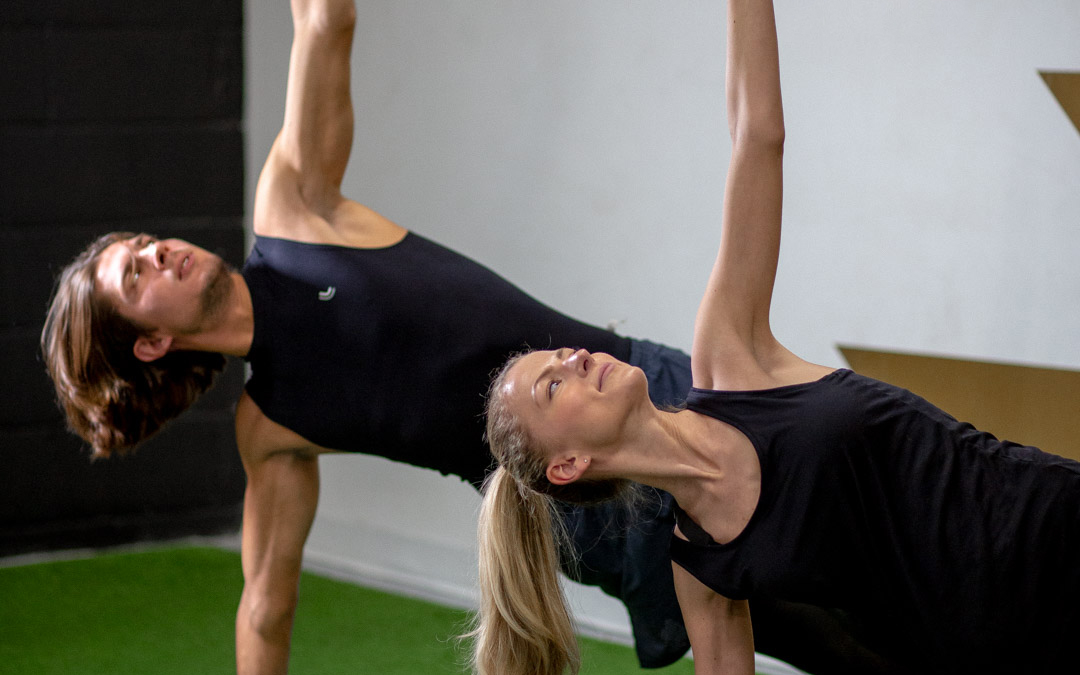
Tracking Your Macros
By this point, you should already know that in order to cut fat, you’ll need to be in a caloric deficit – you’re expending more calories than you’re consuming, and if you’re looking to bulk, you’ll be in a caloric surplus – you’re consuming more calories than you’re expending. These are some core concepts, but there are still other external factors to consider, the most significant of which is likely the current state of your metabolism. We’ll get into this later, but for right now we’re focusing on how to achieve a caloric surplus or caloric deficit. It’s also important to assess whether you should be cutting fat or bulking first.
To know whether or not you’re in a caloric surplus or deficit, you are going to NEED to track your macros. There’s just no way around this. You can’t eyeball your calories – you can get a gage for what a serving of chicken breast looks like, or what a serving of broccoli is, or 15 mL of extra virgin olive oil, but it’s going to be imperfect. You are 100% going to need a food scale, and you’ll need to be taking accurate measurements of all the food you consume.
The other thing you’ll need is a food logging app – I recommend LifeSum but it does certainly take a premium membership to get access to all of the information you need. It’s usually on sale for $34.99 a year, so if you have the financial means, I definitely recommend LifeSum over MyFitnessPal for tracking. It’s more user friendly and intuitive so it’s more likely to make you WANT to track your macros, which is probably the most important thing. We’ve found that the majority of our clients don’t like tracking their macros in the first place, and LifeSum makes that process easier in our opinion. But if you want to get ahead of the curve, force yourself to get into the habit of measuring and logging. It’ll take getting used to, but get in the habit of logging every single meal and drink you have.
Once you have the information, you’ll be able to audit and experiment with your nutritional approach. Without knowing what exactly you’re consuming, well, you can’t really experiment because your macros will be all over the place. It’s like setting up a controlled environment when experimenting – in order to know what’s causing a change, you need to be able to monitor all of the factors. We’re not going to suggest or recommend any nutritional strategies like Keto, Paleo, Intermittent Fasting, If It Fits Your Macros, Carb Cycling, or anything of that nature just yet. We might talk about them in another video, but your focus should be on identifying your current calorie and macronutrient intake. You can also inquire with FITHAUS to assist with your nutrition if you need a helping hand.
You have to do this consistently – daily. Most people have extremely inconsistent nutritional habits, so looking at one day in isolation isn’t going to tell the full story. Track everything, daily, for at least several weeks. Then you’ll know on average how many calories and what your macronutrient split is, and you can make adjustments to get into a caloric surplus or deficit respectively.
As mentioned before, included in any of our FITHAUS Personal Training packages is also the ability to have your food log reviewed by one of our nutritionists to help provide you with feedback over time. Since your nutrition is a significant pillar to your success, we definitely recommend that you take us up on this offer! After all, it is free of charge.
Other than nutrition logging and workout logging, which we’ll discuss in an entirely separate video, we highly recommend for you to log your weight and body fat on a weekly basis and to also take weekly progress photos. This is the best way to tell the COMPLETE picture as to your progress – your food log, workout log, weight, body fat, and progress photos together. If you do this meticulously, if you do it religiously, you’ll learn what strategies work for you and what don’t. And once you know what works best, you’ll see the fastest progress.
I personally recommend investing in a bluetooth scale with built-in tracking. I’ll link the one I use, it’s the RENPHO scale – it’s about $30 Canadian on Amazon. This scale tracks your weight, body fat, and other factors on a week to week basis, and it syncs in an app so you don’t need to manually log this.
For Progress Photos – I recommend taking a front view with your arms by your side, side view, and back view unflexed, and then take the same poses again while flexing. Take these photos at roughly the same time, on the same day each week. Take them first thing in the morning after going to the washroom – before eating or consuming each week. I like to make a folder on my Photos app to keep all the images together – so Week 1, Week 2, Week 3 photos each have their own folders. That way, I can see how much progress I’ve made, and can use this with the RENPHO and LifeSum apps to see how my dieting and weight and body fat progress has been.
I hope this post was useful! Drop us a comment below to let us know how you track your macros and what works best for you.
